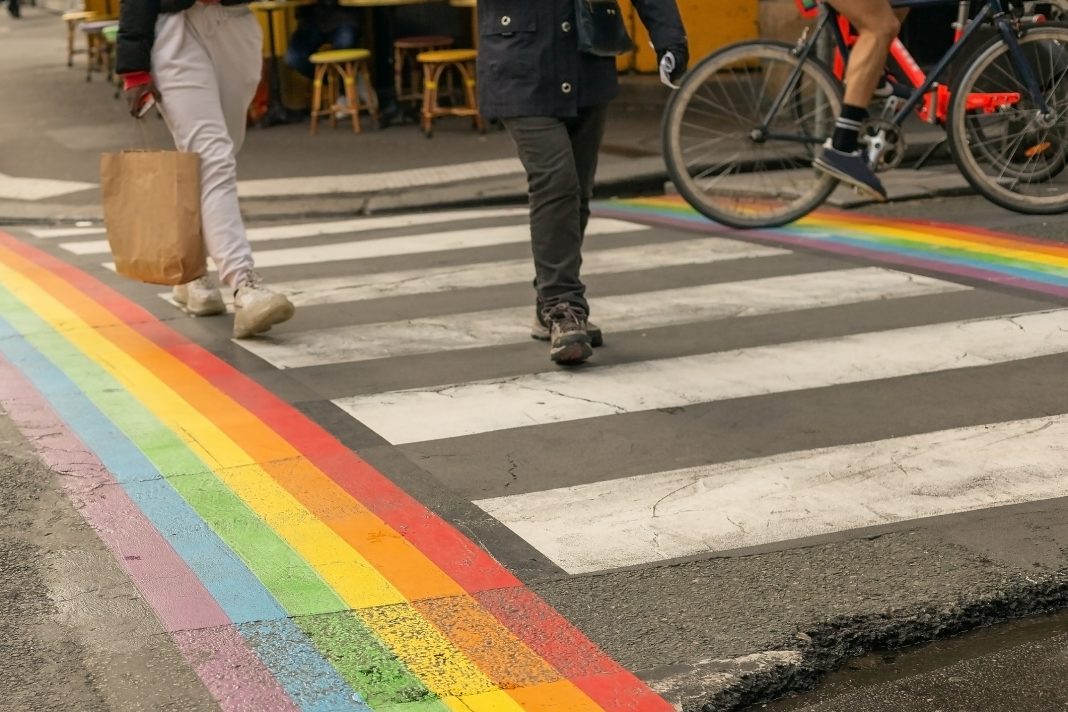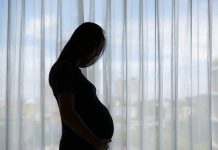A study identifies suicide risk disparities amongst lesbian, gay, and bisexual adults – with differences based on sexuality, gender, age, and race
According to a study led by researchers at the National Institute of Mental Health (NIMH), lesbian, gay, and bisexual adults are overall more likely to report suicide-related thoughts, plans, and attempts within the past 12 months compared with heterosexual adults.
The findings, which examined data from a nationally representative survey of adults in the United States published in the American Journal of Preventive Medicine, indicate that the intersection of multiple social identities may increase suicide risk for some lesbian, gay, and bisexual individuals.
“This study demonstrates the importance of asking about sexual identity in national data collection efforts, and it highlights the pressing need for suicide prevention services that address the speci fic experiences and needs of lesbian, gay, and bisexual adults of different genders, ages, and race and ethnic groups,” said Rajeev Ramchand, PhD, Senior Advisor on Epidemiology and Suicide Prevention at NIMH and lead author of the study.
This study specifically looks at inter-community risks, as opposed to contrasting with non-LGBT adults.
Suicide risk may vary considerably
Testing their hypothesis, researchers took data from the National Survey of Drug Use and Health (NSDUH), a nationally representative survey of adults in the U.S. The data, collected since 2015 through to 2019, included a total of 191,954 participants, 14,693 of whom identified as lesbian, gay, or bisexual.
As part of the survey, participants reported their sexual identity. With the option of heterosexual, lesbian or gay, bisexual, or don’t know, the survey questioned whether they had had suicidal thoughts, suicide plans, or suicide attempts at any time in the past 12 months.
Individual characteristics such as age (18-24, 25-34, 35-64), race/ethnicity (white, Black, Hispanic, other race/multiracial), and gender (man, woman), were considered in the study, which also accounted for certain sociodemographic factors such as level of education and employment status.
In relation to their previous research, the NSDUH data showed that rates of all three suicide-related behaviours—thoughts, plans, attempts—were generally higher among lesbian, gay, and bisexual adults than among heterosexual adults.
11-20% of lesbian and bisexual women had suicidal ideation
After taking demographic factors into account, the researchers found that suicide risk was three to six times greater for lesbian, gay, and bisexual adults than for heterosexual adults across every age group and race/ethnicity category.
Among gay and bisexual men, 12% to 17% had thought about taking their lives in the past year, 5% had made a suicide plan, and about 2% had made a suicide attempt.
Among lesbian or gay women and bisexual women, 11% to 20% had experienced thoughts of suicide, 7% had made a suicide plan, and about 3% had made a suicide attempt.
Among gay and bisexual men, the data showed no differences in suicide risk according to race/ethnicity. However, among lesbian or gay and bisexual women, the data indicated that Black women had lower risk of suicidal thoughts and plans relative to white women.
Looking at the specific intersection between minority sexual identity and race/ethnicity, researchers discovered that white and Black women who identified as bisexual were more likely to report suicidal thoughts relative to white and Black women who identified as lesbian or gay.
“Adults do not comprise a uniform group when it comes to suicide risk”
Analysing at the connection between minority sexual identity and age, the researchers established suicidal thoughts were also relatively higher among bisexual women in the 35-64 group compared with lesbian or gay women in the same age group.
The researchers finally noted that the NSDUH data did have its limitations, such as limited options for participants to report their sex, sexual identity, and race/ethnicity.
The survey does not include questions about gender identity, therefore leaving out numerous groups of people within the LGBT+ community. Though not included, other members of the community also experience mental health issues surrounding gender, and as one in four LGBT youth identify as non-binary, there is a need for a follow up study to analyse this part of LGBT research as well.
“This study sets the stage for future work investigating the impact of social inequalities on suicide risk among people with multiple social identities,” added Ramchand.











